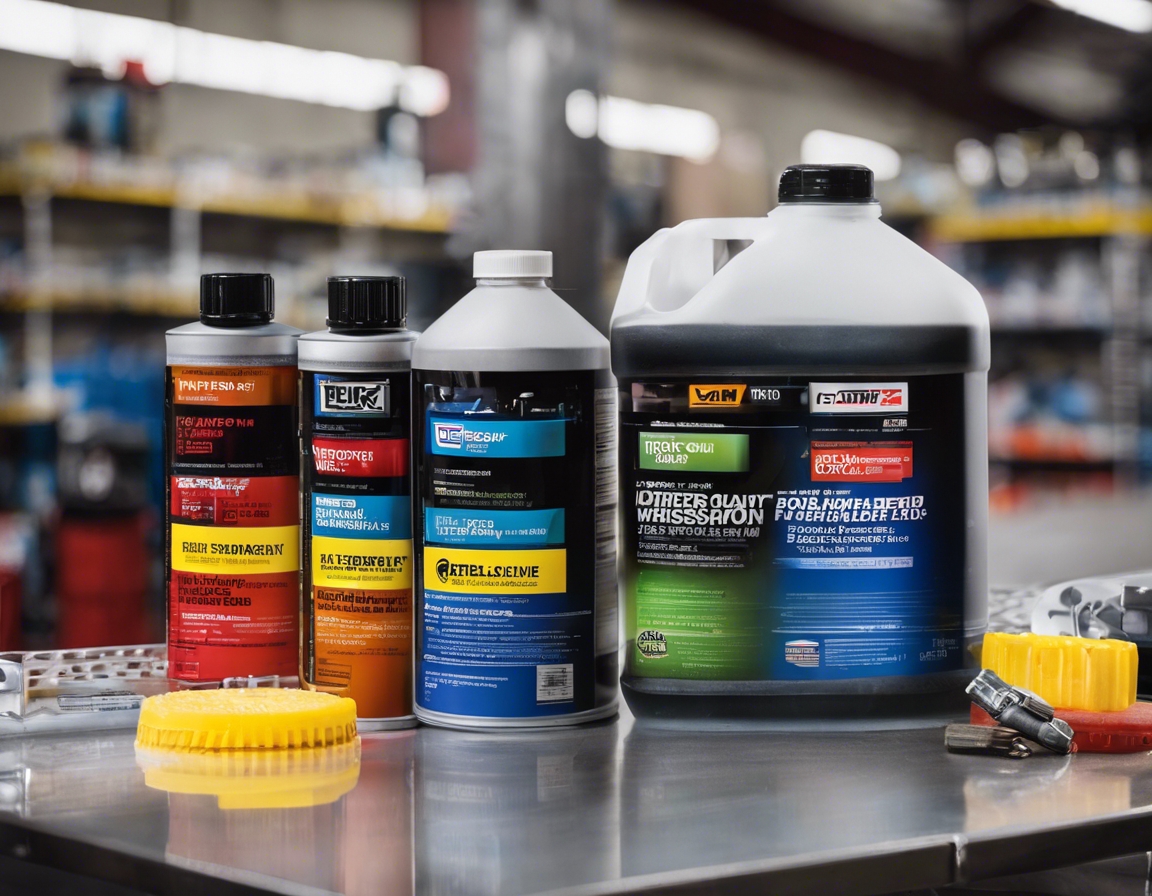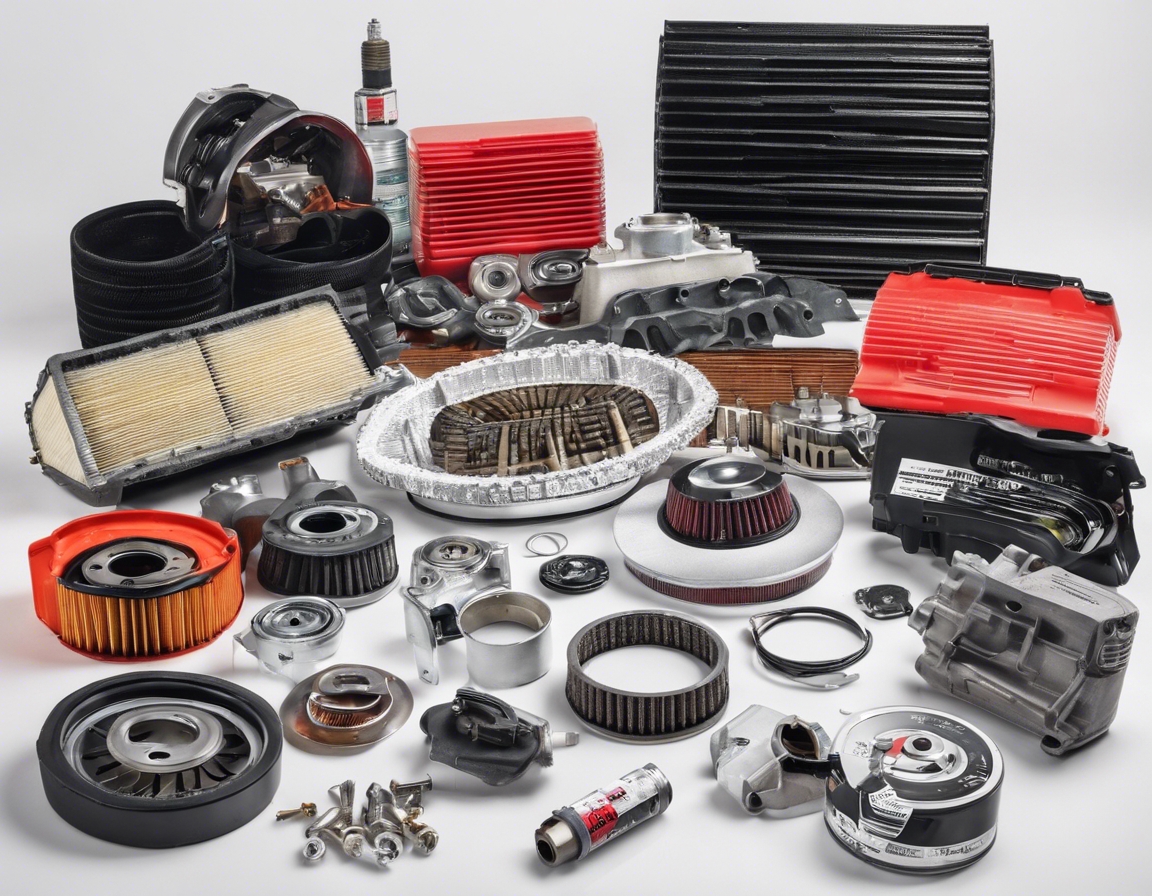The ultimate guide to choosing spare parts for your vehicle
Choosing the right spare parts for your vehicle is not just about maintaining its appearance; it's about ensuring optimal performance and safety. High-quality parts can significantly enhance your driving experience, providing better handling, acceleration, and braking. Moreover, they play a crucial role in the safety of your vehicle, reducing the risk of malfunctions that could lead to accidents.
Investing in quality spare parts also means investing in the longevity of your vehicle. While it might be tempting to opt for cheaper alternatives, premium parts often offer greater durability and reliability, leading to fewer replacements and repairs in the long run. This approach can be more cost-effective, saving you money and hassle over time.
Identifying Your Spare Part Needs
Before diving into the world of spare parts, it's essential to understand your vehicle's specific needs. This involves checking the owner's manual, understanding the make, model, and year of your car, and knowing the exact part numbers required for replacements.
Ensuring that the spare parts you choose are compatible with your vehicle is crucial. This means paying attention to the specifications such as size, type, and material. Incorrect parts can lead to poor performance and even damage your vehicle.
Types of Spare Parts: OEM vs Aftermarket
OEM parts are made by the vehicle's manufacturer and are designed to match the parts that came with your vehicle when it was new. They guarantee a perfect fit and are often recommended by manufacturers for maintaining the integrity of your vehicle.
Aftermarket parts are produced by companies other than the vehicle's manufacturer. They can be more affordable and offer a wider variety of options, allowing for customization and enhancements beyond what OEM parts can provide.
While OEM parts offer reliability and a guaranteed fit, they can be more expensive. Aftermarket parts, on the other hand, can provide better value and customization but may vary in quality. It's important to weigh these factors when making your decision.
Where to Buy: Dealerships vs Online Stores vs Local Shops
Purchasing spare parts from dealerships ensures that you get OEM parts specifically designed for your vehicle. However, this option might come at a premium price.
Online stores can offer a vast selection of both OEM and aftermarket parts at competitive prices. They provide the convenience of shopping from home, but it's crucial to verify the credibility of the seller and the quality of the parts.
Local shops can provide personalized service and the opportunity to physically inspect the parts before purchase. They may also offer aftermarket alternatives that could suit your needs.
Evaluating Spare Part Quality
Quality spare parts should meet certain certifications and standards. Look for parts that have been tested and approved by recognized automotive organizations to ensure they meet industry requirements.
Reviews from other car owners and recommendations from trusted sources can be invaluable when selecting spare parts. They provide real-world insights into the performance and durability of the parts you're considering.
Installation Considerations
Depending on your skill level and the complexity of the part, you may opt for DIY installation or seek professional help. While DIY can save money, professional installation ensures the job is done correctly and safely.
If you choose professional installation, finding a trusted mechanic is essential. Look for certified professionals with experience in your vehicle's make and model to ensure the best results.
Maintaining and Tracking Your Spare Parts
Keeping detailed records of your spare parts purchases and installations can help you track your vehicle's maintenance history and make informed decisions in the future.
Regular maintenance checks are crucial for ensuring that your spare parts are functioning correctly and to identify any potential issues before they become major problems.






Kommentaarid (0)